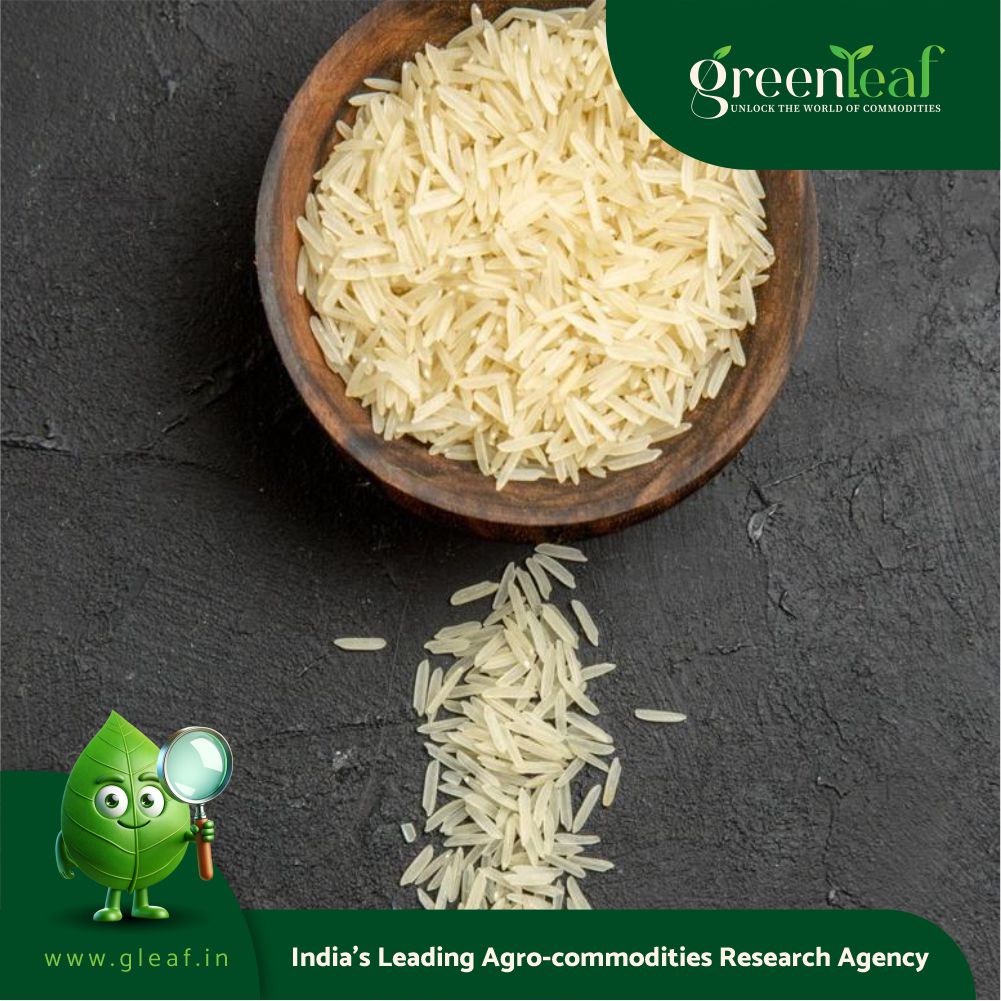Nepal’s import of paddy and rice has plummeted by 40 percent in the last financial year compared to the previous period.
This sharp decline has raised questions about whether it is due to reduced consumption or potential customs evasion by traders.
According to the annual statistics from the Department of Customs, the import value of rice in Nepal fell by 40 percent from the fiscal year 2022/2023 to 2023/024.
Last year, Nepal imported paddy and rice worth more than Rs 21.34 billion, excluding seeds and kernels.
In contrast, the previous fiscal year saw imports valued at Rs 35 billion 62 million.
While overall imports decreased by 1.16 percent last year, food product imports dropped by 19 percent to over Rs 45 billion.
Notably, the import of paddy and rice also decreased by 40 percent within this category.
Why has rice import decreased?
Paddy rice is a staple food in Nepal, making the drastic drop in imports particularly puzzling.
Despite the decrease, data suggests that daily consumption patterns have not significantly changed. Rice remains a core part of the Nepalese diet.
Analyzing rice production and emigration patterns, the decline in rice imports seems anomalous.
In the fiscal year 2022/2023, as many as 771,327 Nepalis obtained work permits for foreign employment, whereas in the following year, the number decreased to 741,397—a 3.88 percent drop.
Additionally, 110,217 Nepali students received Foreign Study Permits (NOC) in the same year, compared to 112,593 the following year, indicating a slight increase in students studying abroad.
When factoring in formal and informal migration and the country’s population growth rate of 1.7 percent, the drop in rice imports appears inconsistent with the expected demand.
The Department of Agriculture reports that rice production increased from 54 lakh 86 thousand 472 metric tons in 2021/022 to 57 lakh 24 thousand 234 metric tons in the last fiscal year—a rise of 237 thousand 807 metric tons.
With Nepalese consumption needs at 137 kg per person and 60 kg of rice produced per quintal of paddy, the reduced import figures do not align with production trends.
In summary, the 236 thousand 857 metric tons decrease in rice imports last year, compared to the previous year, alongside a 136,347 metric tons drop in the last year compared to the previous, suggests there may be underlying issues beyond reduced consumption.
What does the government say about the decrease in imports?
The government has yet to identify the precise cause behind the significant decline in paddy and rice imports observed in the last fiscal year.
Dr. Arun Kafle, spokesperson for the Department of Agriculture, stated that the department has not conducted an investigation or analysis into the substantial drop in paddy rice imports.
Balaram Adhikari, an officer at the Crop Development and Agricultural Biodiversity Center, noted that Nepali rice has recently been fetching good prices, but there has been no clear study on the decrease in imports.
He explained, “Previously, farmers struggled with unsold paddy and unfair prices. However, paddy farmers are now receiving better prices. Despite this, we have not investigated the reasons behind the drop in imports.”
Harihar Poudel, Information Officer at the Customs Department, mentioned that the decrease in imports might be partially attributed to increased customs taxes imposed by India on rice exports.
However, he added that the Customs Department does not have information on other potential causes.
















